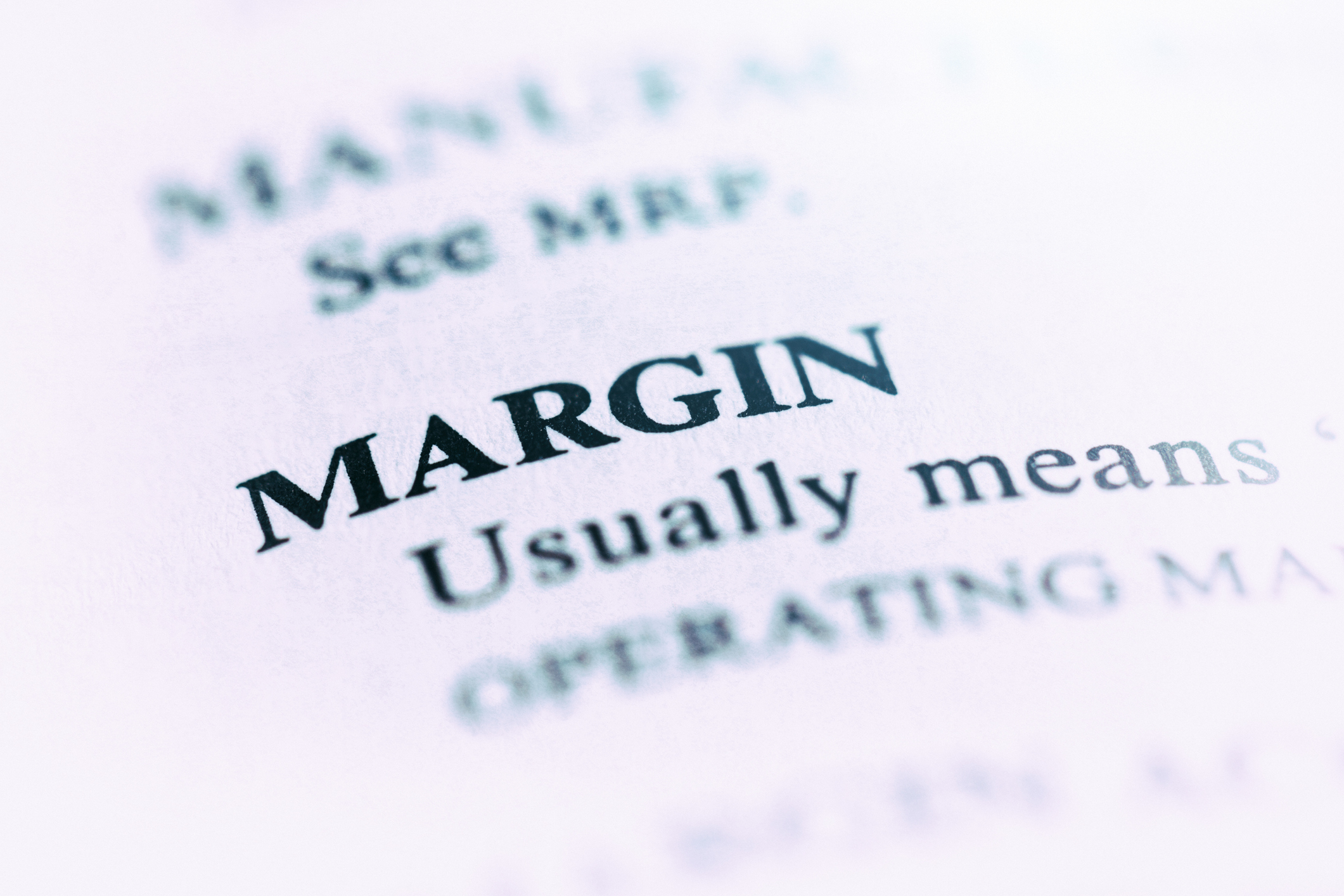#Investing
Can You Lose More Than You Invest in Stocks?
normal
5 min
72
Are Your Investments at Stake?
In the intricate world of finance, stock market investments are at the heart of many portfolio strategies. But with high potential rewards come associated risks. One of the most pressing concerns for novice and seasoned investors alike is whether losing more than the initial amount invested in stocks is possible.
Understanding the Basics of Stock Market Investment
Stocks represent ownership in a company. You purchase a piece of that business when you buy a company share. The value of this share can rise or fall based on numerous factors, including the company’s financial performance, economic conditions, and market speculation.

The Simple Answer: Buying Stocks Outright
For those who buy stocks outright, the answer is clear-cut. The maximum loss one can incur is the amount invested. If you invest $1,000 in a store and its value plummets to zero, your loss is $1,000—no more, no less.
The Complexity: Trading on Margin
However, the landscape becomes murkier when you consider trading on margin. Margin trading allows investors to borrow money from a broker to purchase stocks. This amplifies both potential gains and potential losses. For instance, with a $1,000 investment and a 50% margin, an investor could purchase $2,000 worth of stock. If that stock’s value drops significantly, the original $1,000 could be lost, and the investor would still owe the borrowed amount to the broker.

Short Selling: A Different Beast
Short selling is another avenue through which investors might face losses exceeding their initial investment. When short selling, an investor borrows and sells shares, hoping to repurchase them later at a lower price and pocket the difference. If the stock price rises significantly, the investor’s losses can escalate rapidly, surpassing their initial investment.

Leveraged ETFs: Amplified Outcomes
Leveraged Exchange-Traded Funds (ETFs) use financial derivatives to amplify the returns of an underlying index. These can produce gains or losses at 2x or even 3x the standard rate. If an investor isn’t cautious, they might witness a loss that supersedes their initial investment.
Protective Measures in the Stock Market
Diversification
Spreading investments across various assets can reduce the impact of a single poor-performing investment on the overall portfolio.
Setting Stop-Loss Orders
This allows stocks to be automatically sold when they reach a predetermined low price, potentially limiting losses.
Staying Informed
Continuous education and updating market news can enable investors to make well-informed decisions.

Avoiding Over-leveraging
While leveraging can amplify returns, it equally amplifies potential losses. It’s vital only to leverage what you can afford to lose.

Weighing the Risks
Stock market investments are double-edged, promising lucrative rewards but bearing inherent risks. While buying stocks outright limits potential losses to the initial investment, strategies like trading on margin, short selling, and leveraged ETFs can result in losses surpassing the original stake. As with any investment, assessing the associated risks is crucial; conducting thorough research and possibly consulting with financial professionals before diving in is vital.







